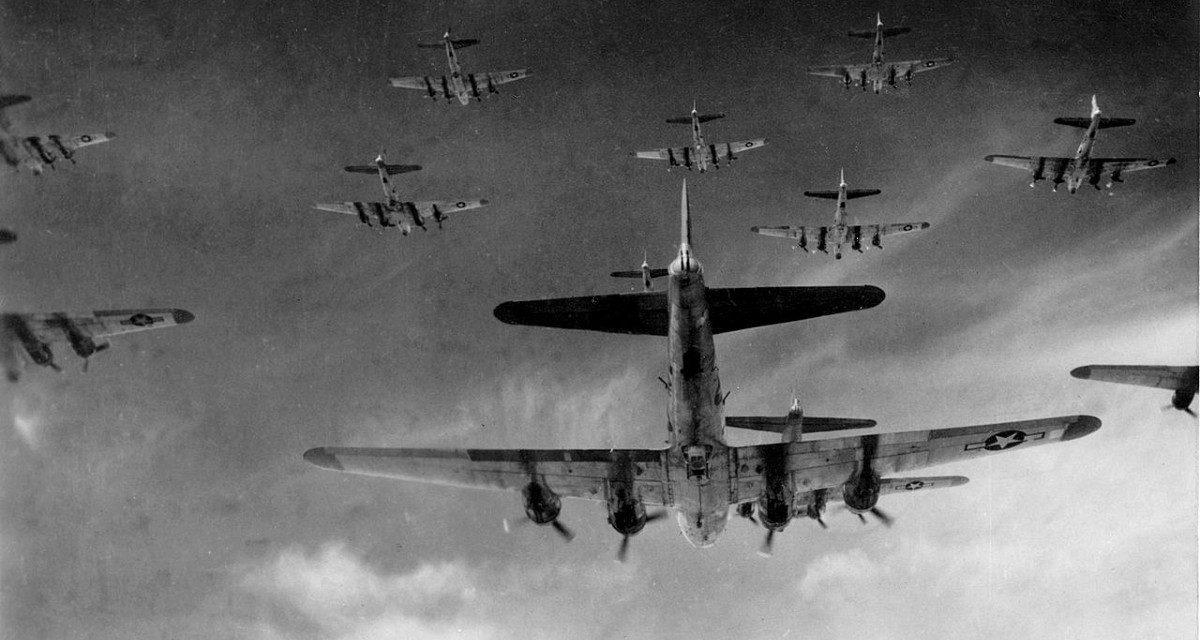Editor’s note: Dr. Heather Venable, an MWI research fellow, recently published an article in Æther: A Journal of Strategic Airpower & Spacepower examining the trauma experienced by US bomber pilots during World War II, finding that contrary to some scholars’ theorizing, distance from targets did not lessen the combat and other trauma resulting from prosecuting targets in the European theater.
The Germans called them terrorflieger or “terror fliers.” But the terror many US bomber crews inflicted upon German cities in World War II was often revisited on the crews themselves. What historians have characterized as a derogatory name used by Germans to label Allied airmen ironically is an accurate characterization of the crews’ own experiences.
Shot down over Germany and subsequently interned, B-17 bombardier J. W. Smallwood even referred to the sharing of his war stories with other airmen as the telling of “terror stories” or “terrifying experiences.” Indeed, many struggled not to tell their stories. Some crew members spent Christmas Day of 1943 telling them to each other in the cold metal huts they temporarily called home in England. Sharing their stories of terror helped some crew members cope with the trauma of war, although others struggled to tell them, both during and after the war.
Dr. Heather Venable is an associate professor of military and security studies at the Air Command and Staff College, where she serves as course director of Airpower Strategy and Operations, and an MWI research fellow.
The views expressed are those of the author and do not reflect the official position of the United States Military Academy, Department of the Army, or Department of Defense.

